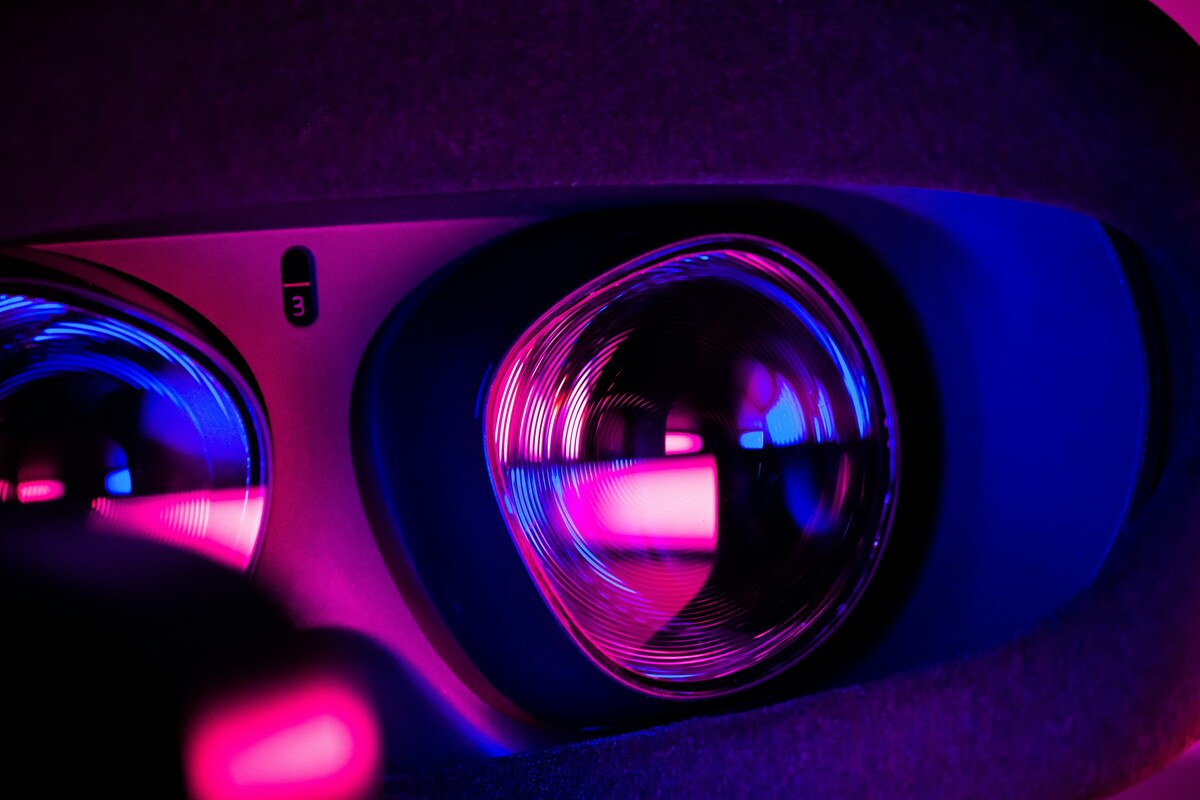In recent years, virtual reality has evolved from a technological novelty into a key experiential tool within the events industry. At trade shows, conferences, or exhibitions, where the competition for attention is fiercer than ever, the ability to surprise and engage attendees makes all the difference. Incorporating this technology into a booth not only projects an innovative image but also creates immersive moments that are remembered long after the event.
Virtual reality offers a unique opportunity to make the most of the space. Through immersive experiences, brands can showcase products, services, or environments that would be impossible to bring physically to a trade show. An industrial company, for example, can transport visitors to its production plant, while a travel brand can invite attendees to explore a destination without leaving the booth.
These experiences not only capture attention but also increase the time visitors spend at the booth and strengthen emotional connections with the brand. In an environment where attendees are bombarded with hundreds of stimuli, getting someone to stop and engage is a real achievement.
In this sense, virtual reality fits naturally into interactive booths designed to create memorable experiences, enhancing brand impact and generating an emotional connection with clients.
Tangible Benefits for Exhibiting Brands
Greater Attraction and Booth Traffic
A booth using virtual reality becomes a point of interest at the event. VR headsets, screens, and audience reactions spark curiosity and organically draw new visitors. This “pull” effect multiplies opportunities for conversations and connections with potential clients.
A Different Way to Tell Stories
Beyond visual impact, virtual reality offers a new way to communicate. It allows brands to tell stories sensorially, where the client doesn’t just listen but experiences it from the inside. A well-designed virtual tour or simulation can convey values, processes, or innovations far more effectively than a traditional presentation. In short, emotion becomes the thread that guides communication, transforming the message into a lived experience.
Data and Measuring Impact
Another key advantage is the ability to track real results. With virtual reality, brands can record the number of interactions, average engagement time, and most-viewed content, gaining precise insights into visitor behavior. According to the Freeman Trends Report Q1 2024, 64% of attendees consider immersive experiences one of the most important elements of an event. This data helps evaluate ROI and design more effective strategies for future trade shows or conferences.
Content Generation
Virtual developments also allow brands to create engaging and original content that can be shared, extending the reach of the brand. Giving booth visitors the ability to amplify content and moments ensures a presence beyond the physical booth itself.
How to Integrate Virtual Reality into Your Booth
There’s no single way to apply virtual reality at an event. The key is ensuring the experience makes sense within the overall strategy and aligns with the message the brand wants to convey. Effective ideas include virtual tours, immersive games or challenges, realistic simulations, and themed environments.
Conclusion
Incorporating virtual reality into a booth goes far beyond simply impressing attendees; its true value lies in creating an authentic connection with the client, where every interaction feels alive and memorable. This technology doesn’t replace human interaction; it enhances it. When used thoughtfully, any space can be transformed into an immersive experience, and in an industry where emotion and differentiation set the standard, virtual reality proves to be a perfect ally.






